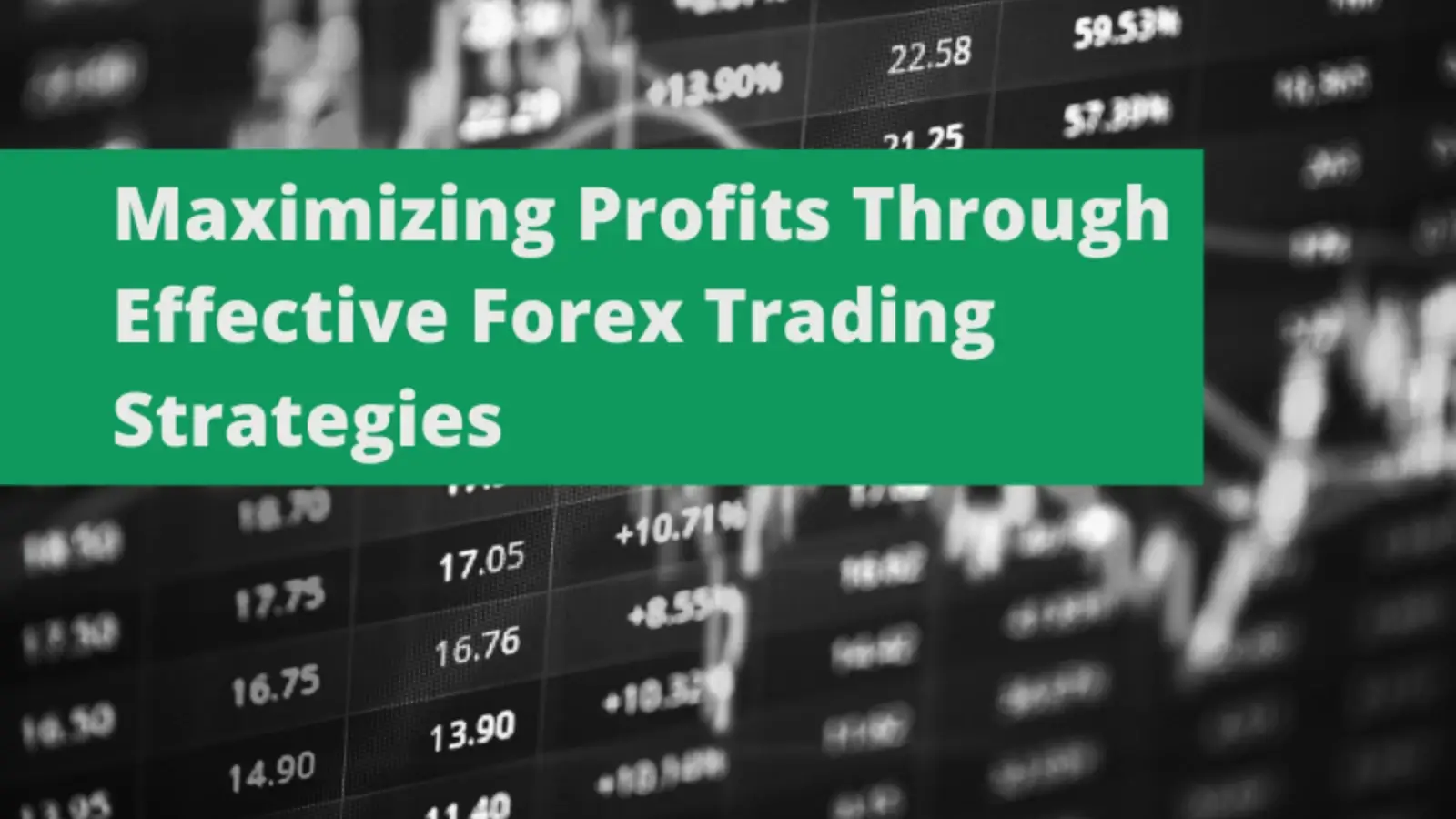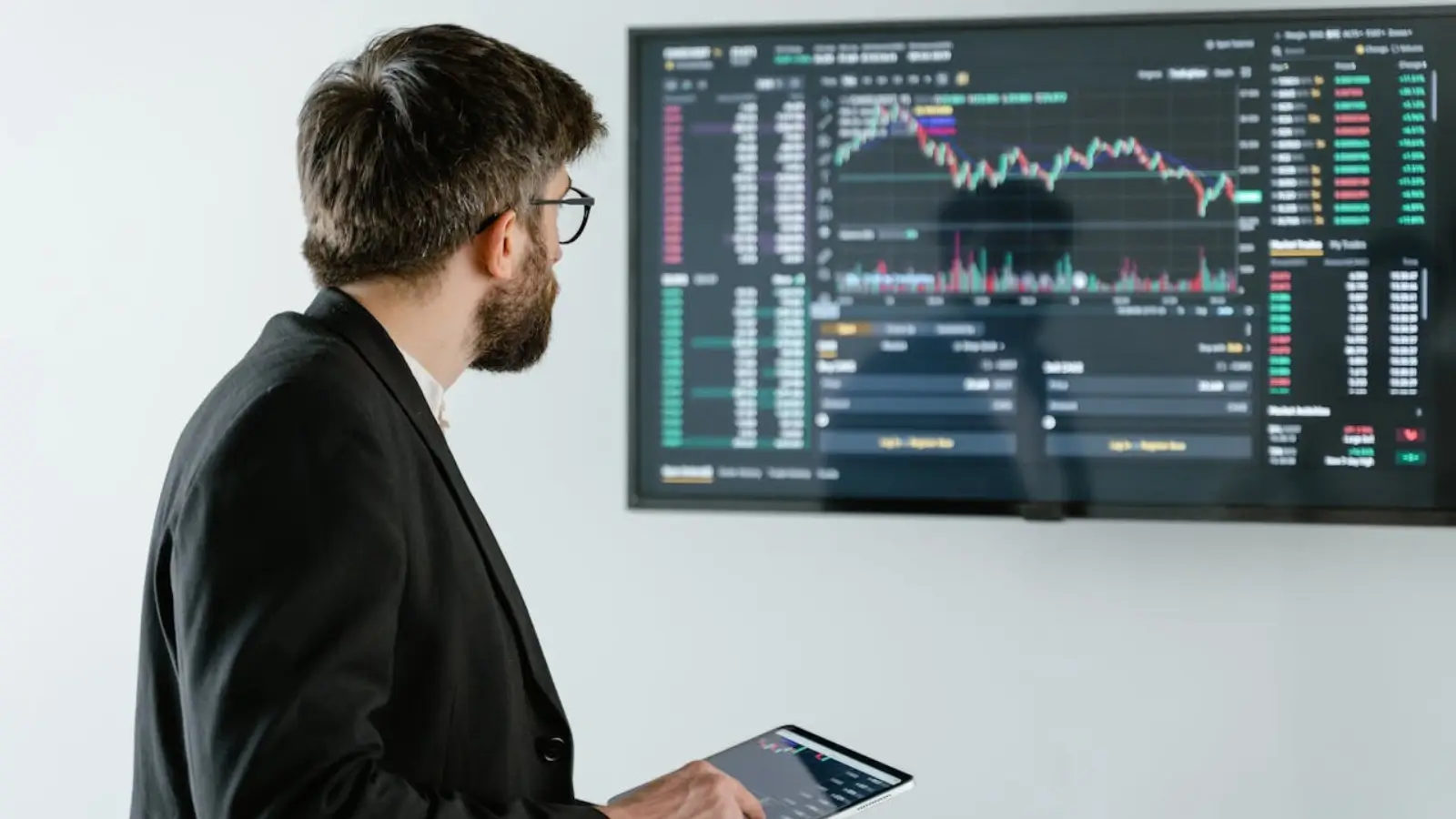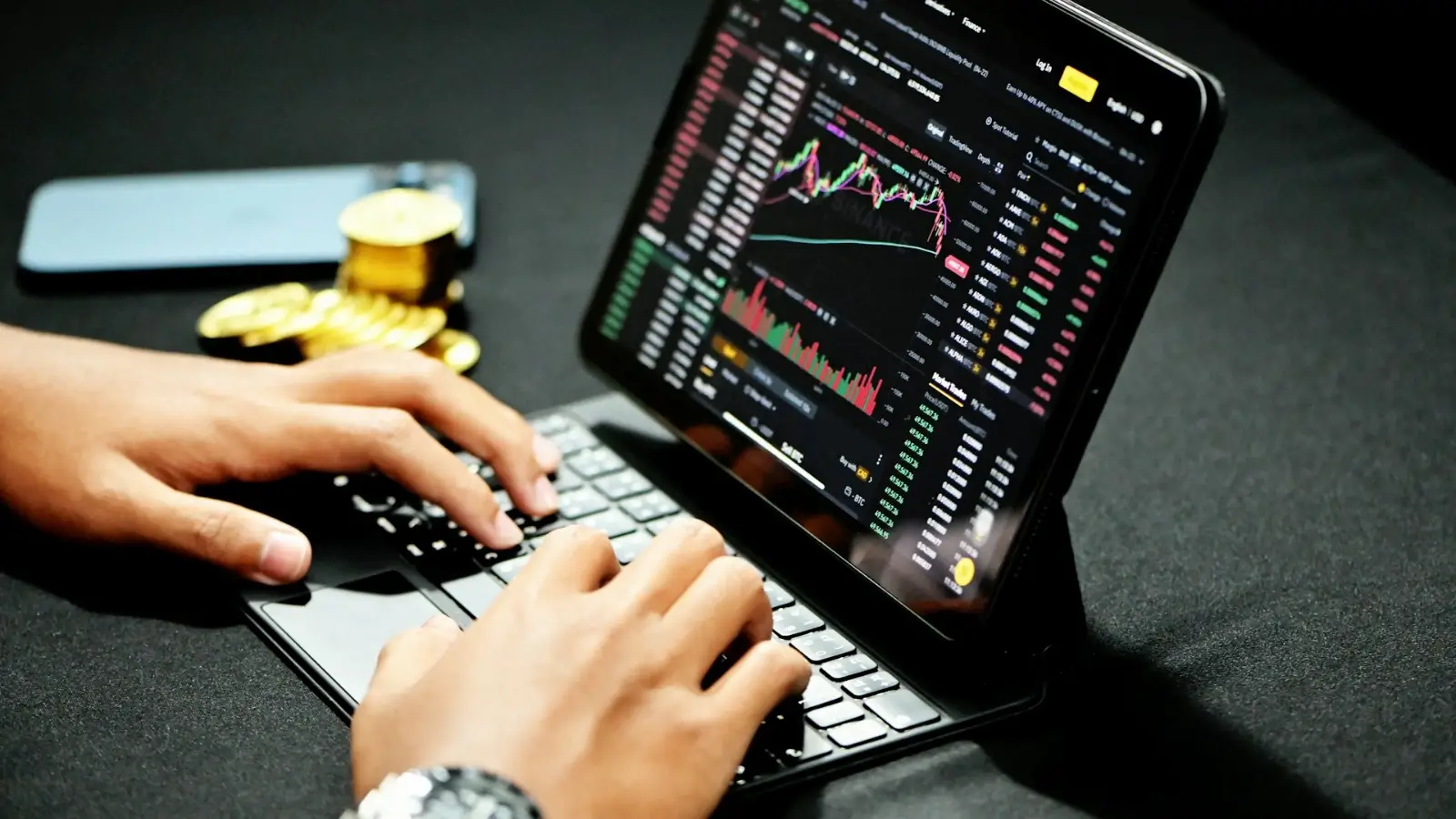The Forex market is the world's most liquid market, with daily trading volumes exceeding $7.5 trillion (BIS data, 2024). Yet trading without proper expertise exposes traders to high volatility and risks. This article explores key trading strategies, risk management, and how CFDs in Forex let traders profit from both rising and falling exchange rates.
Forex trading involves a wide range of strategies, each tailored to different market conditions, trader preferences, and levels of risk tolerance. Some strategies focus on short-term price fluctuations, such as scalping, where traders execute multiple trades per day to capture small price movements. Others, like swing trading, involve holding positions for several days or weeks to benefit from medium-term trends.
Each strategy varies in terms of time frames, ranging from seconds or minutes (for scalping and high-frequency trading) to months or even years (for long-term trend-following strategies). Additionally, risk levels differ significantly: day trading and news trading can be highly volatile due to sudden price swings, while position trading and carry trade rely on broader economic trends and tend to have a lower frequency of trades with a longer holding period.
Traders often combine different strategies to diversify their risk and adapt to changing market conditions. For example, a trader may use technical analysis-based strategies, such as breakout trading or moving average crossovers, alongside fundamental analysis-driven approaches, like reacting to central bank interest rate decisions. The key to successful Forex trading is understanding the strengths and weaknesses of each strategy and choosing the one that aligns best with individual trading goals, risk appetite, and market knowledge.
Basic Forex Trading Strategies
Scalping
Description: Short-term trading with fixing small profits. Transactions are held from a few seconds to a few minutes.
Advantages:
-
High frequency of transactions
-
Using 1-5 minute charts
-
Small take profit (5-10 points)
Risks: Requires high concentration, low spreads, and quick reaction. According to Myfxbook (2024), 76% of scalpers use trading robots to improve efficiency.
Day Trading
Description: Trades are opened and closed within one day, without carrying over positions to the next trading day.
Suitable for: Traders who want to avoid overnight gaps and interest payments for carrying over positions (swaps).
Popular instruments: EUR/USD, GBP/USD – currency pairs with high liquidity.
Example: If EUR/USD is trading at 1.0800 , a trader predicts growth and buys. When it reaches 1.0850, he closes the position, locking in 50 pips of profit.
Swing Trading
Description: Medium-term trading (from several days to several weeks), based on the analysis of price fluctuations.
Key tools: Moving averages (MA), MACD, RSI.
Advantages: Allows traders not to be at the terminal all the time.
Disadvantages: Requires an understanding of the fundamental factors that influence the exchange rate.
Example: A trader uses the 50-day and 200-day moving averages to determine the entry point for a position on GBP/USD.
News Trading
The gist: Opening trades before or immediately after the release of important macroeconomic data (Fed rates, NFP, inflation). According to Bloomberg (2024), news trading is most popular among institutional investors, while retail traders often face order execution delays.
Example: US Federal Reserve announces interest rate hike – USD rises, a trader opens a long position on the dollar. The NFP unemployment report comes out worse than expected – USD falls, trader sells it.
Risks: High volatility, sharp price jumps, possible slippage.
Algorithmic trading
The gist: Using trading bots that automatically execute trades according to specified algorithms.
Facts:
-
70% of Forex trading volume is accounted for by algorithmic trading (BIS, 2024).
-
Popular strategies: arbitrage, HFT (high-frequency trading), neural network models.
-
Suitable for traders with Python or MQL4 programming.
Cons: Requires powerful equipment, testing of algorithms, and possible failures.
CFDs on Forex: How They Work and What Are the Benefits
CFDs (Contracts for Difference) on Forex allow you to speculate on changes in exchange rates without actually buying the asset. This is a derivative instrument concluded between a trader and a broker.
Advantages of Forex CFDs:
-
Possibility to use leverage (up to 1:500 for some brokers).
-
Earnings on the rise and fall of the rate (no need to own the base currency).
-
No direct commissions on many platforms (brokers earn on the spread).
Risks of CFD Trading:
-
High probability of losses – according to ESMA statistics (2024), 74-89% of retail traders lose money on CFDs.
-
Margin requirements – in case of high volatility, the position may be liquidated.
-
Risk of slippage – during news releases, orders may be executed at a worse price.
Example: A trader buys a CFD on EUR/USD with a leverage of 1:100. If the rate increases by 1%, the trader's profit is 100%. However, if it decreases by 1%, he loses the entire deposit.
How to Manage Risk in Forex
-
Using stop losses
The optimal stop loss should be 1-2% of the deposit. For example, with a deposit of $5000, losses should not exceed $50-$100 per transaction.
-
Control of leverage
Although brokers offer high leverage (up to 1:500), beginner traders are advised to use 1:10 – 1:20 to reduce risks.
-
Diversification
Trade more than just one currency pair. For example, if USD is falling, you can use alternative assets such as gold or Bitcoin.
Regardless of the strategy, risk management is a key factor for success. Proper risk management protects capital from noticeable losses and ensures the sustainability of results. It is pivotal to limit the share of capital per trade (for example, no more than 1-2%), set stop losses to limit possible losses and assess the risk/reward ratio in advance. Practice confirms that compliance with risk management rules is the basis for long-term profitability.
An analysis by the IG broker showed that following these principles allowed the "deal of the week" strategy to earn +31.45% in 2024. This confirms that limiting losses and a reasonable position size are often more important than a high percentage of successful trades. Therefore, discipline in risk management - compliance with stop losses, reasonable use of leverage, and diversification - helps to survive inevitable drawdowns and preserve the earned profit.
Forex Trading Strategies Comparison Table
|
Strategy |
Retention time |
Profitability |
Risk |
Complexity |
|
Scalping |
Seconds-minutes |
Low |
High |
High |
|
Day trading |
Up to 1 day |
Average |
Average |
Average |
|
Swing trading |
Days-weeks |
Medium-high |
Average |
Average |
|
Trading on the news |
Minutes-hours |
High |
High |
High |
|
Algorithmic trading |
Milliseconds-days |
High |
Average |
High |
Conclusion
Forex trading requires a comprehensive approach: choosing a smart strategy, managing risks, and understanding market dynamics. CFDs on Forex allow you to trade with leverage and earn on any market movement but require special attention to risks.
Before starting trading, it is essential to test strategies on a demo account and study the specifics of the market. Only a disciplined approach will allow a trader to achieve stable profits.

















